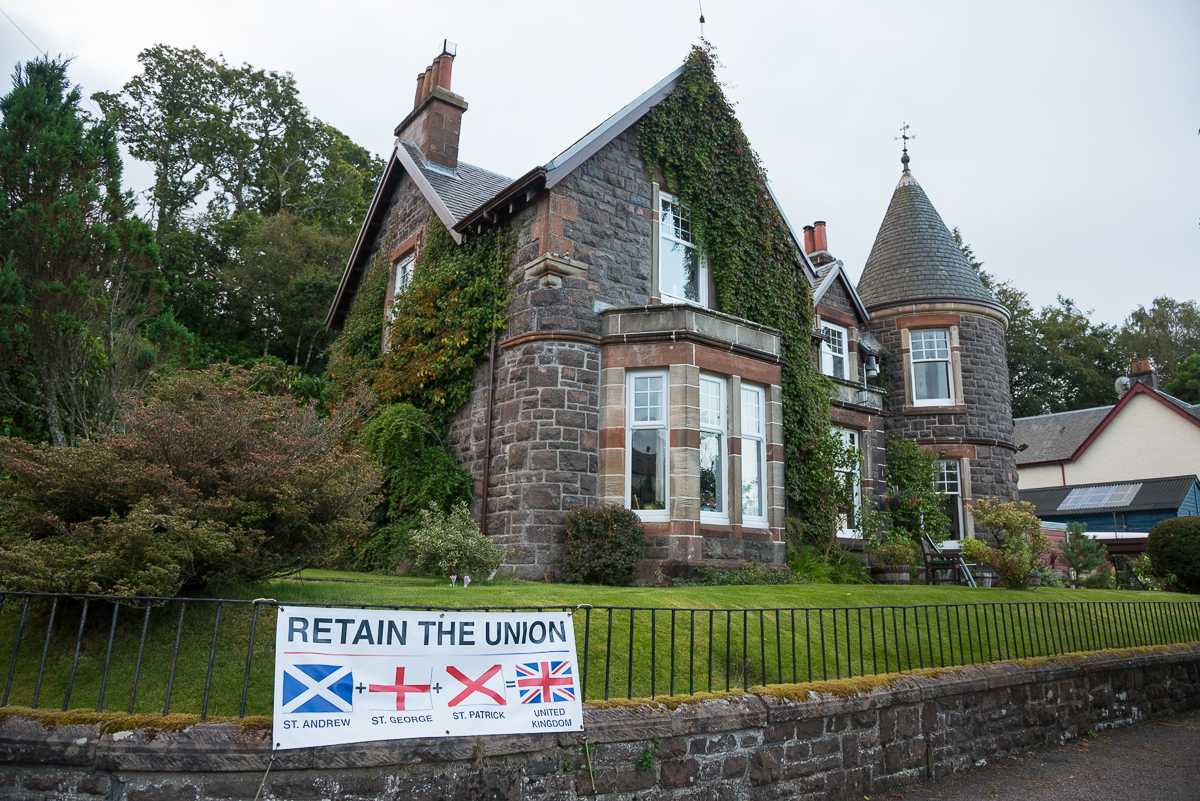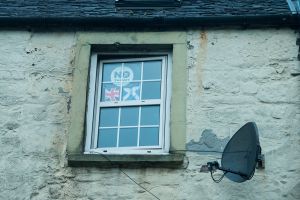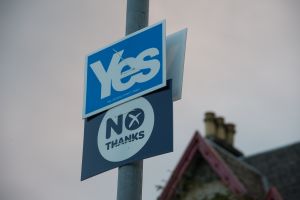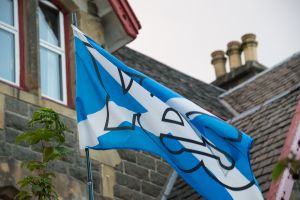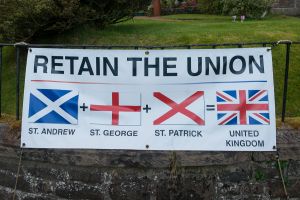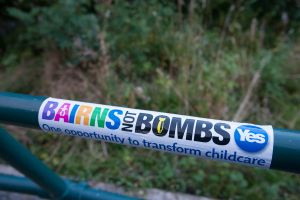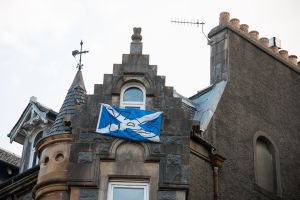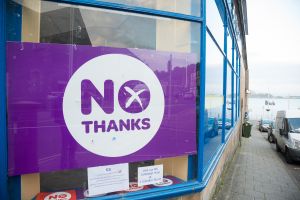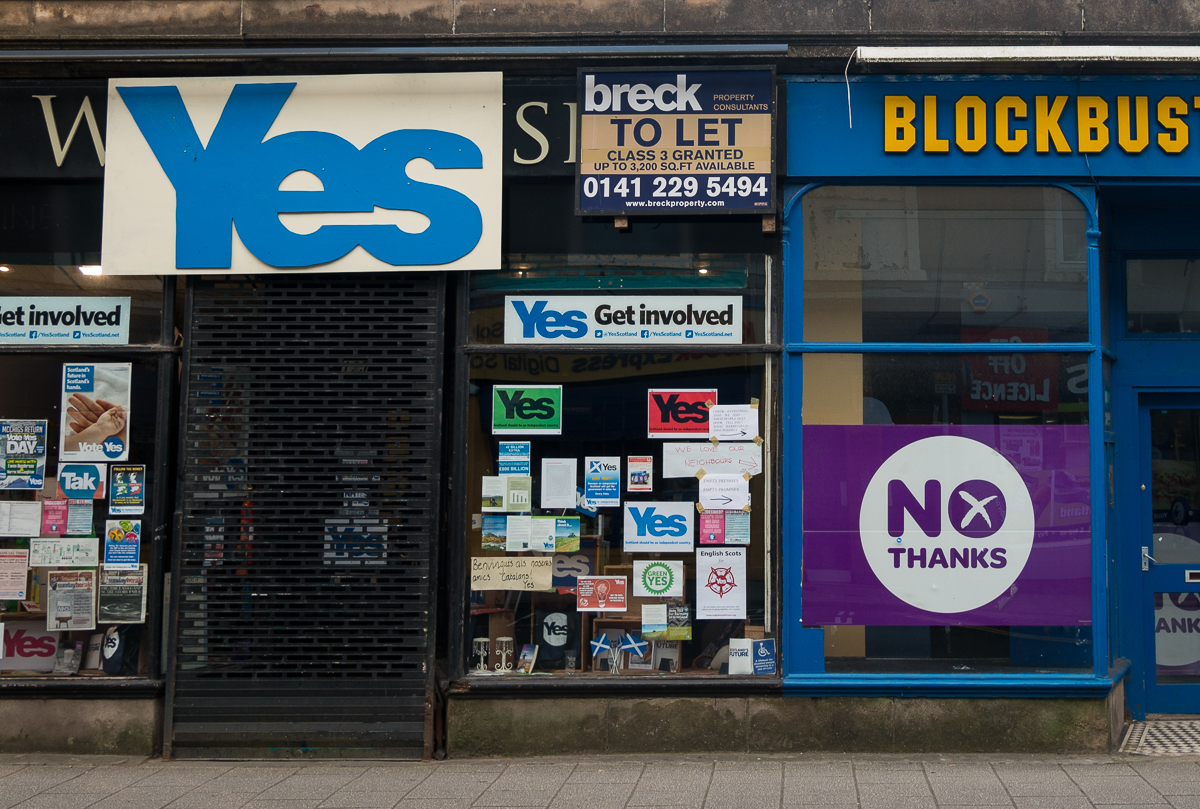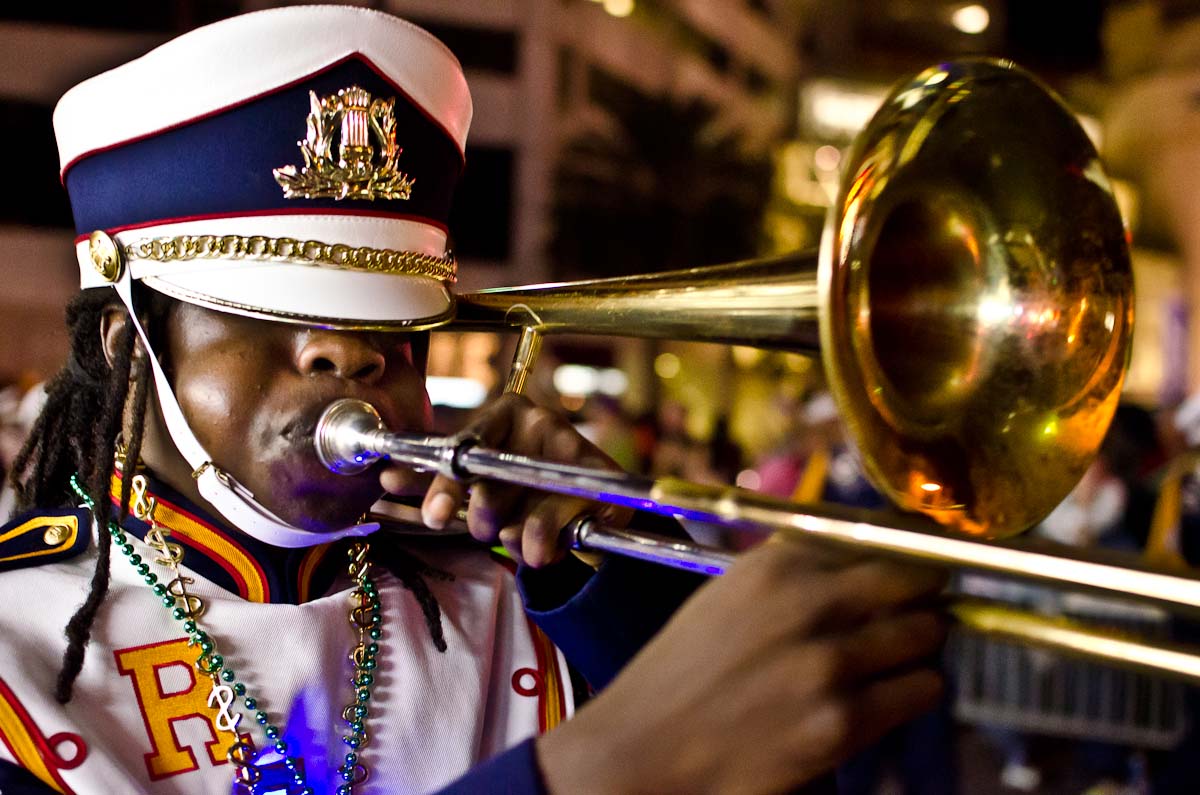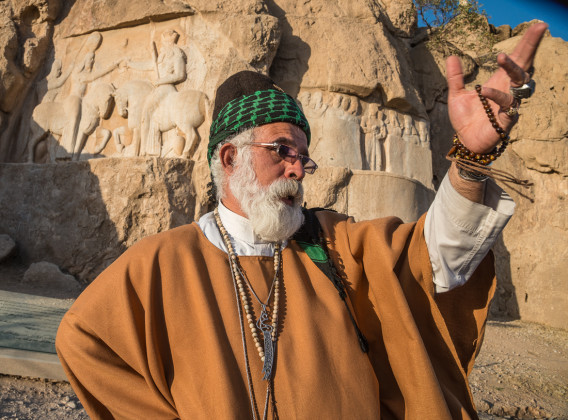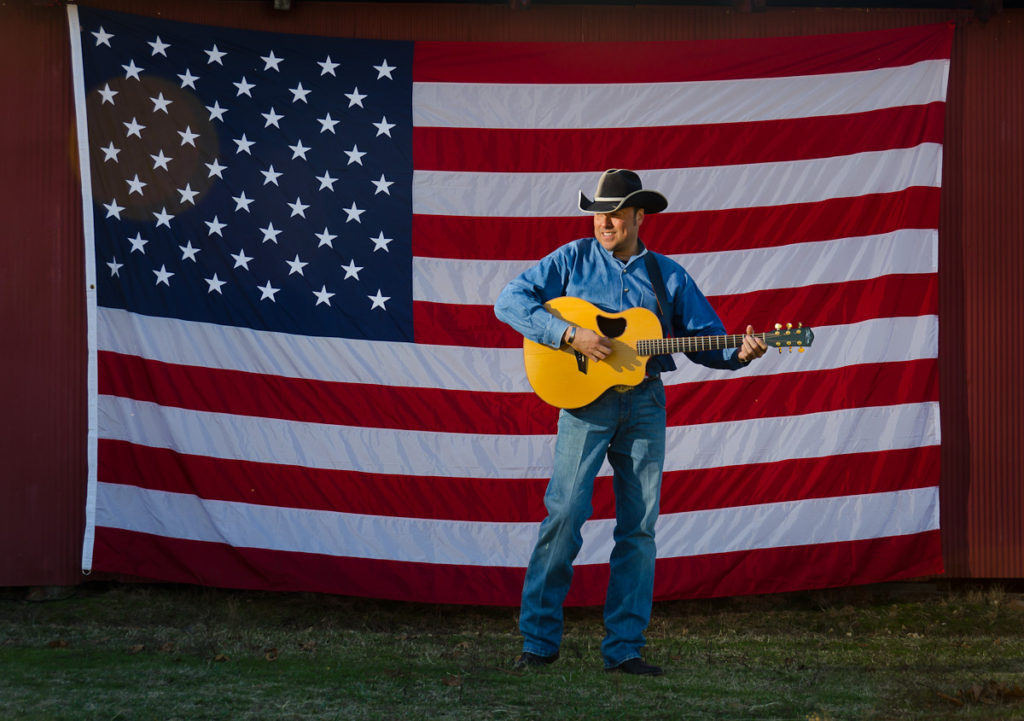One thing at stake in the Scottish Independence referendum is the iconic flag of Great Britain – the Union Jack. They call it the Union Jack because it was the combination — “union” – of the old English and Irish red crosses, and the old Scottish blue flag with a white diagonal cross. No more union could mean no more Union Jack!
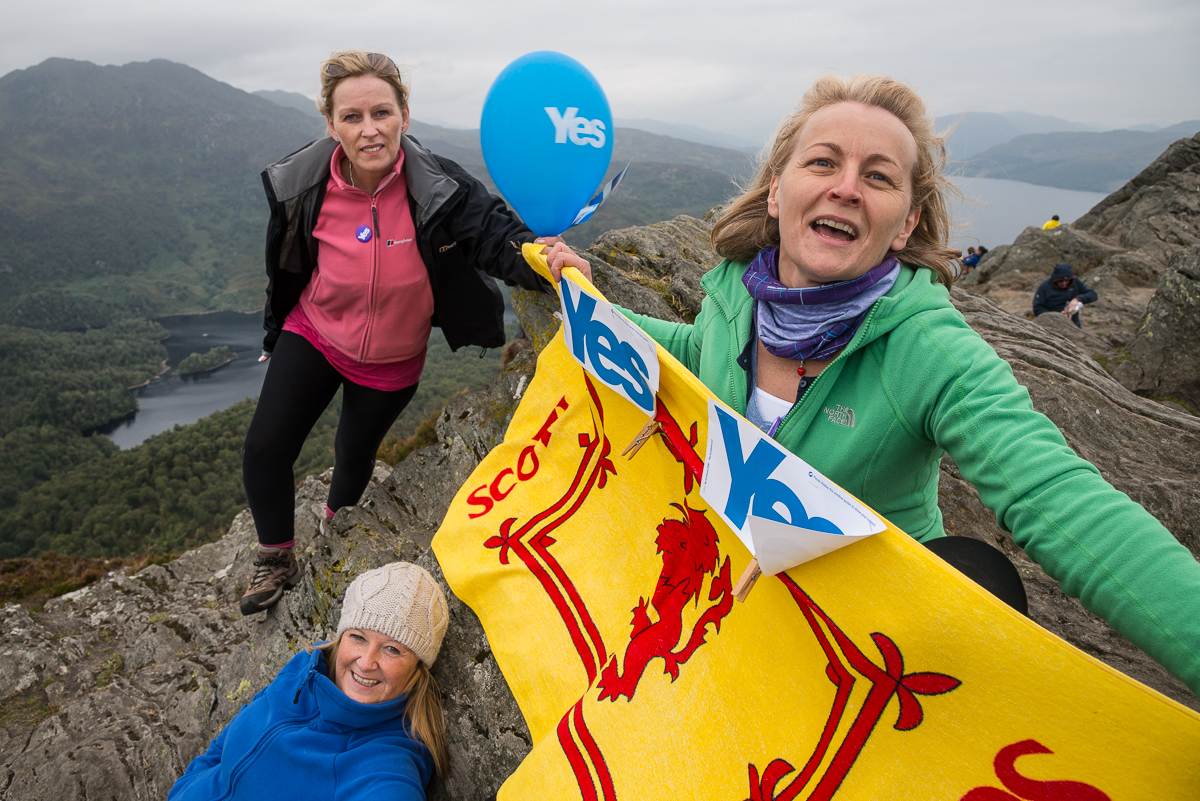
I ran across these three Scottish Independence supporters on a weekend hike up to the tiny peak of Ben A’an in Scotland’s Loch Lomond and Trossachs National Park, just days before the Independence Referendum. That’s Loch Katrine in the background.
Since at least the 13th Century times of the real Braveheart, William Wallace, the Scots have variously, vigorously, and repeatedly fought for, gained, and relinquished their independence from England. In 1707, the Scottish parliament ended (mostly) the centuries of bloody battles, and voluntarily entered an economic union with England, making Scotland officially part of Great Britain, and giving up its separate currency, parliament, and military.
In recent decades, a new movement for Scottish independence has taken root. The Scots re-formed their own parliament in 1999. This week, the Scots take to the polls for a referendum on independence from England.
The “Yes” Independence movement has lots of momentum and its rallying cries sound sympathetic – perhaps especially to Americans (and Australians and Canadians and half the planet) who now love the Brits as dear allies, but appreciate having gained our own independence from them all the same. Beyond the need for new flags, a “Yes” vote (for independence) would surely raise lots of complications. Would Scotland join NATO (and how would its army be formed)? The E.U.? Would it have to start its own currency? Who can tax the oil revenues from the North Sea? Who’ll get custody of Queen Elizabeth? There are lots of predictions of economic and political chaos.
The independence movement makes lots of semi-socialist-sounding promises of government care-taking. The Economist magazine mocks it gently as offering a “dreamier” vision of Scotland’s future, “promising Scandinavian-style public services supported by taxation closer to American levels,” and concludes that the plan being pitched by the “Yes” men is “fantasy.” Still, I guess the Economist would have scoffed at Washington and Jefferson if that magazine had been invented 250 years back.
Either way, it’s an interesting time to be visiting Scotland. While hiking up Ben A’an (Gaelic for “small pointed peak”) just four days before the independence referendum election, I ran across the three ladies you see in the picture above. They carried their blue “Yes” For Independence balloon all the way to the top, and were intent on somehow planting that yellow Scottish flag (actually a bath towel, but whatever) at the top. They were glad to pose and share a few thoughts about their plans for the future in an old, old country that might be born anew in the days or years to come.
A “Yes” vote is a vote for independence; “No” is a vote to keep the Union together. At least in Edinburgh and the Highlands, there are a lot more “Yes” signs visible on the streets. It may be telling that the biggest anti-independence sign I saw was the one one strapped to the iron fence of a very nice, aristocratic-looking home. The word “bairns” (on the “Yes” sticker) means baby in Scottish and Northern English.
